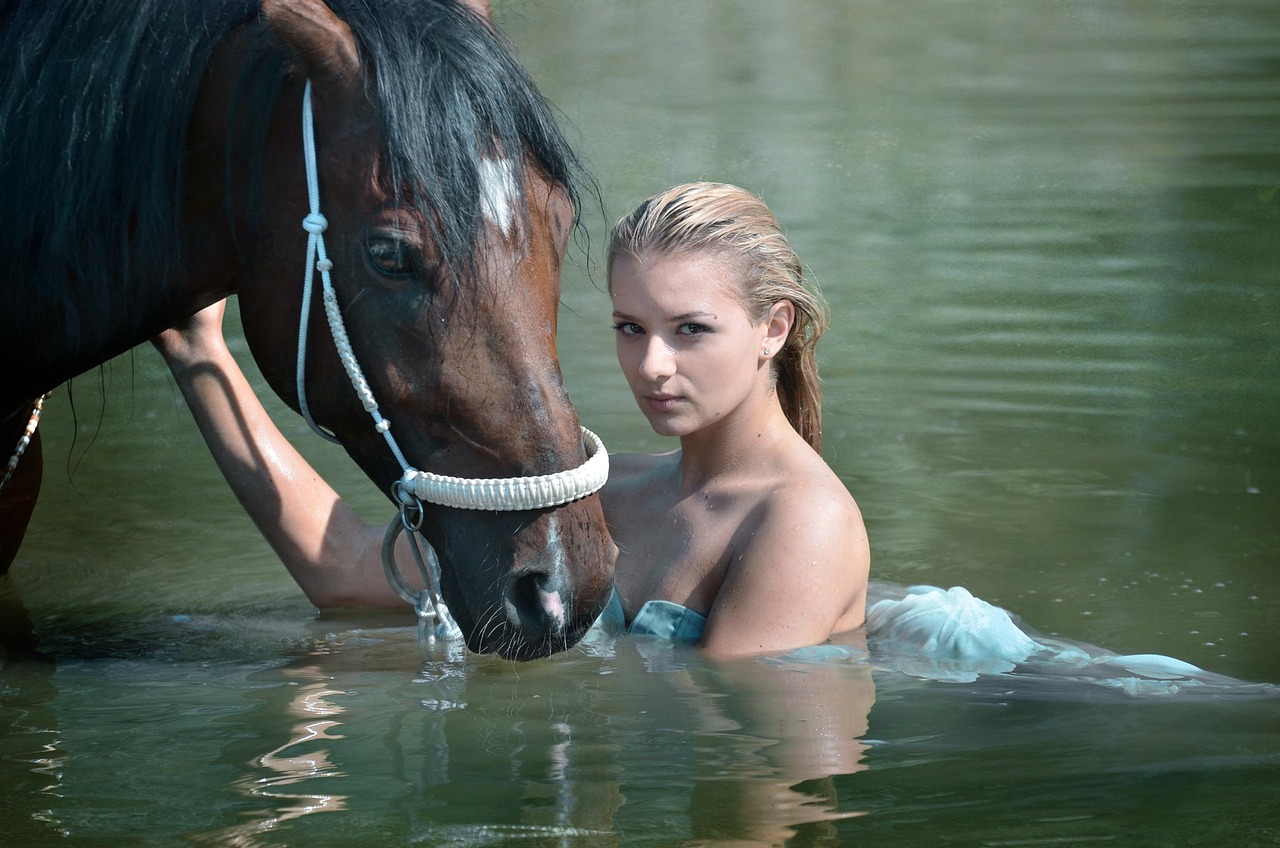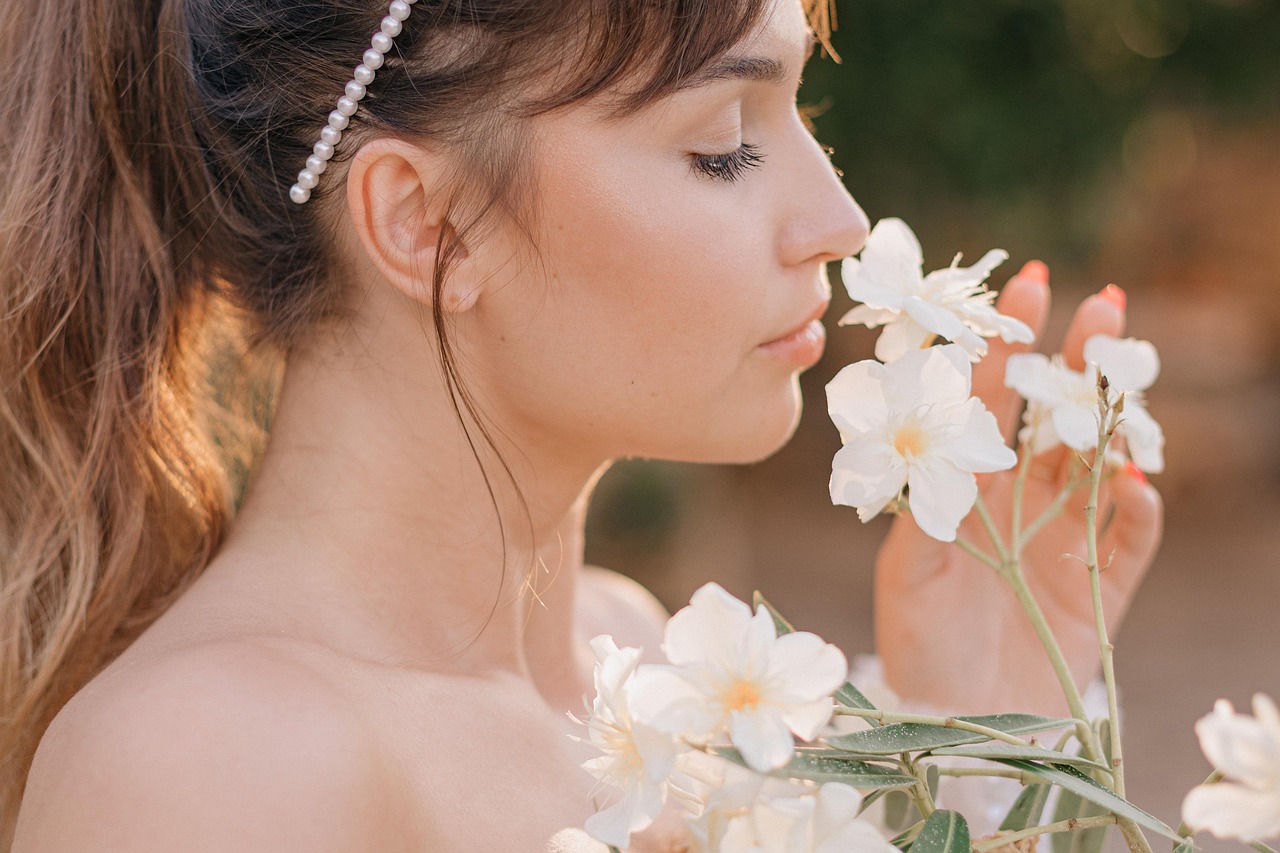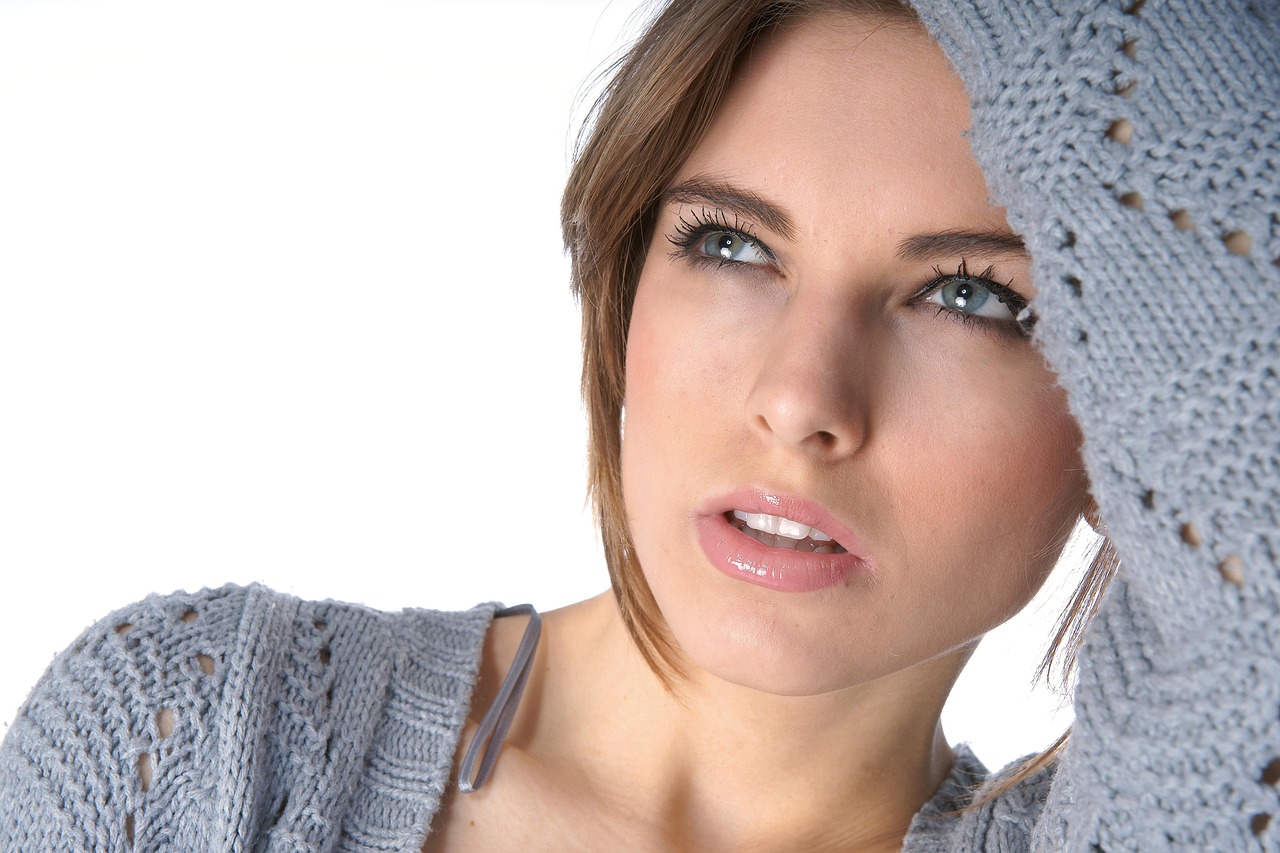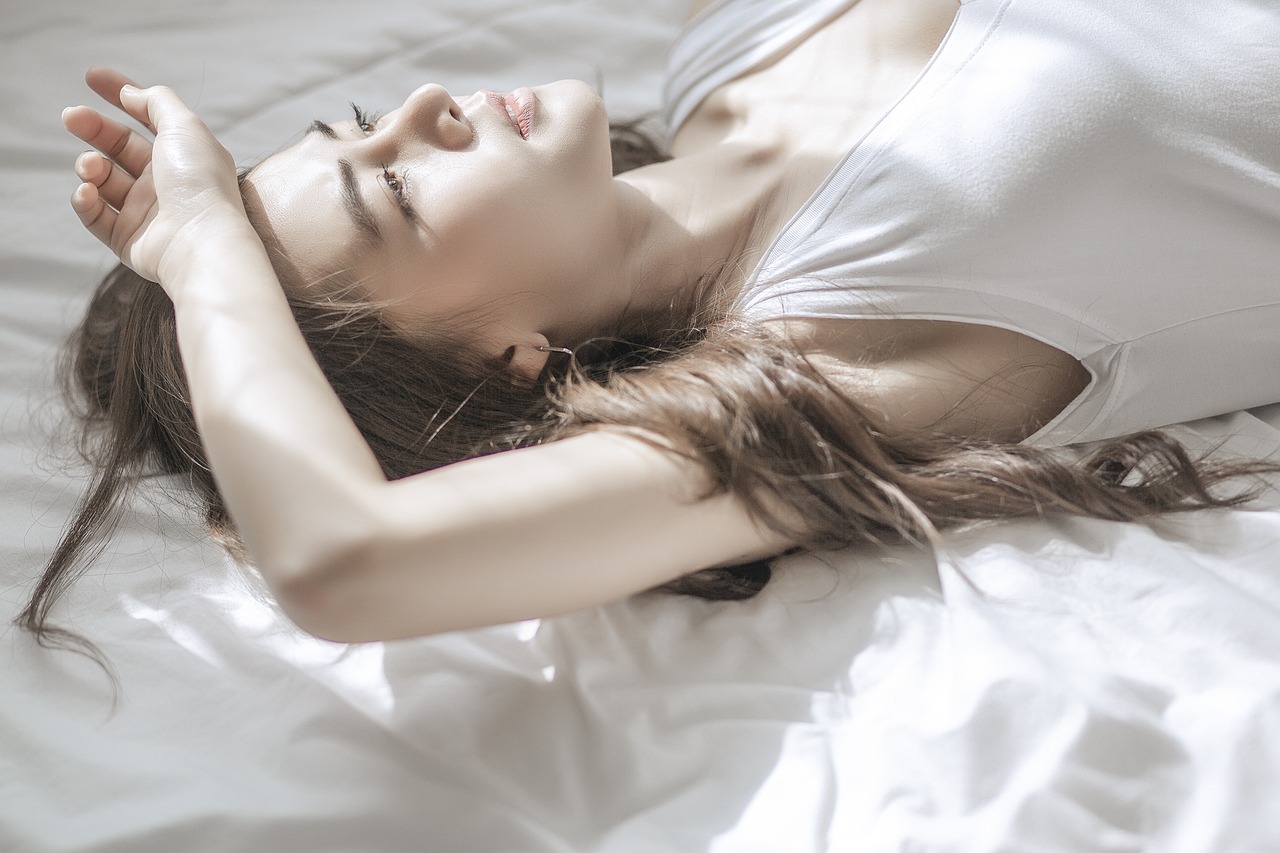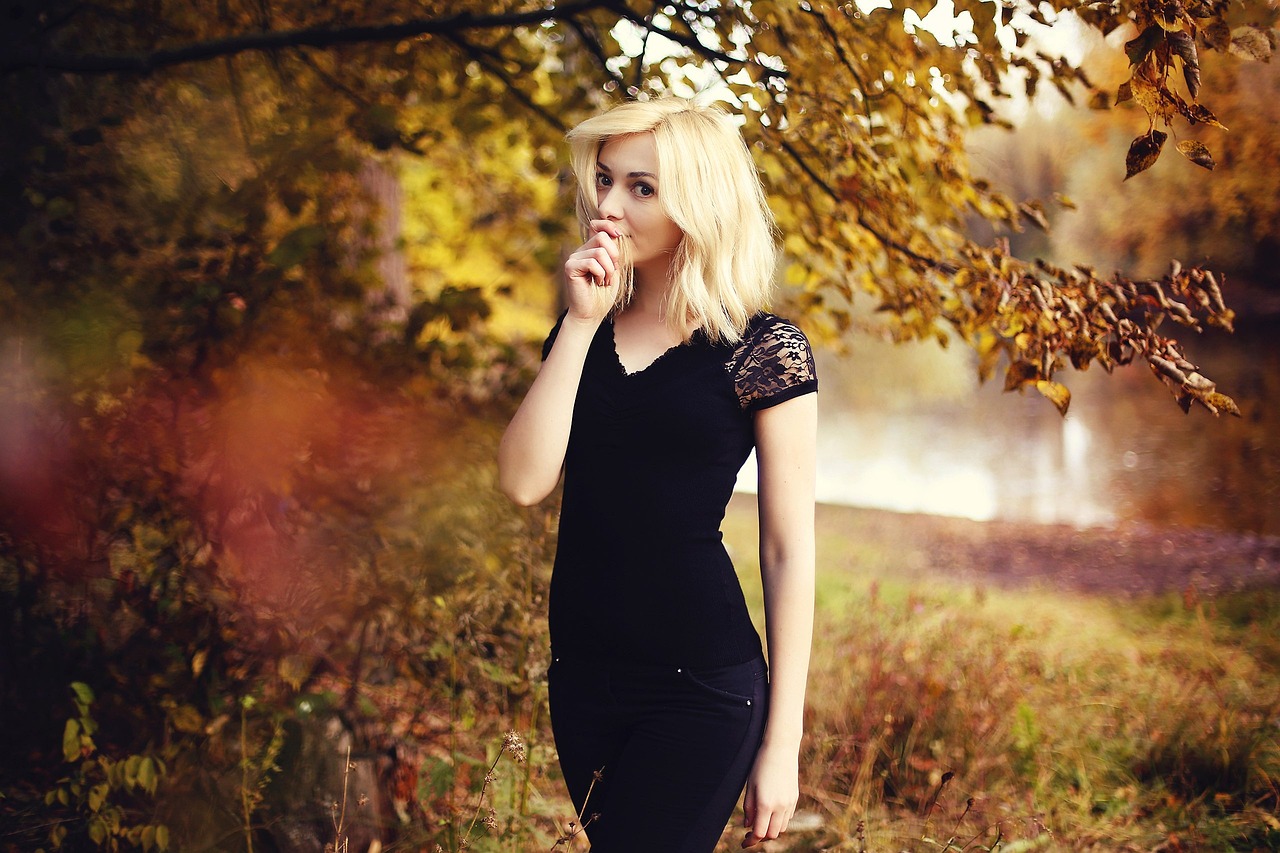
The Rise of Non-Traditional Beauty Routines and Products
Introduction
The world of beauty has evolved significantly over the past decade, moving away from traditional methods and products. With an increasing emphasis on individuality, sustainability, and personalization, the beauty industry is embracing non-traditional routines and products that challenge conventional beauty norms. In this article, we’ll explore the rise of these new beauty practices and their products, examining why they resonate with today’s consumers and how they are reshaping the future of beauty.
The Changing Landscape of Beauty
The Evolution of Beauty Standards
Beauty has always been a reflection of societal standards, but in recent years, these standards have shifted dramatically. No longer are people confined to a rigid idea of beauty. Instead, there is a growing acceptance of diversity, whether in skin color, body shape, gender expression, or beauty routines. These changes have paved the way for more inclusive, non-traditional approaches to beauty—ones that emphasize self-expression, simplicity, and authenticity.
Non-Traditional Beauty Defined
What Does “Non-Traditional” Really Mean?
Non-traditional beauty routines and products are those that move away from established norms and embrace innovation and individuality. These routines often focus on using unconventional ingredients, adopting minimalist or personalized skincare regimens, and prioritizing sustainability. In essence, they break free from mass-market beauty standards to offer more customized, holistic solutions to beauty.
Unconventional Products
Innovative Beauty Products Breaking the Mold
The non-traditional beauty movement has given rise to products that push the boundaries of conventional beauty care. We’ve seen an explosion of innovative beauty solutions, such as waterless skincare products, CBD-infused beauty items, and adaptogenic skincare lines. These products not only offer unique benefits but also align with a larger cultural shift towards wellness and natural living.
From CBD to Adaptogens
How botanical ingredients are leading the charge in non-traditional beauty. CBD and adaptogens, once niche ingredients, have now become mainstream staples in the beauty world. CBD, with its anti-inflammatory and calming properties, is touted for its ability to balance skin, while adaptogens like ashwagandha and holy basil are gaining popularity for their stress-reducing and anti-aging effects. These ingredients focus on promoting overall well-being rather than just treating surface-level beauty concerns.
Non-Traditional Beauty Routines
The Shift in Beauty Habits and Practices
Beauty routines are becoming more about mindful self-care rather than achieving perfection. There’s a move toward less invasive and more intuitive practices, with an emphasis on listening to one’s body and treating it with care. From skincare rituals to makeup application, non-traditional routines are evolving to be more personalized and health-focused.
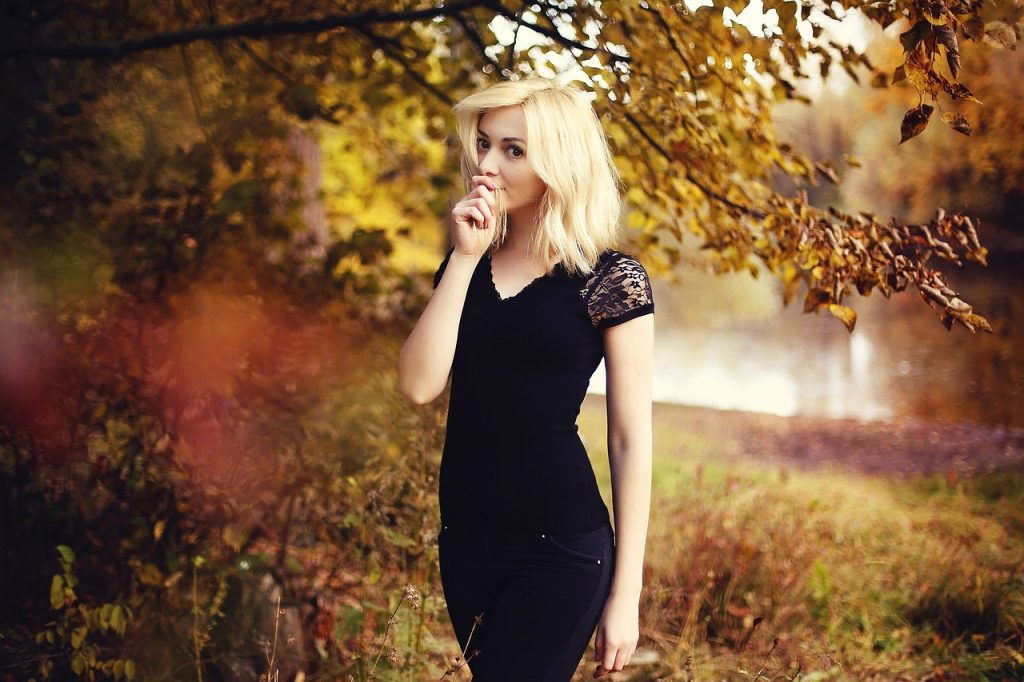
Multi-Use and Minimalist Routines
Simplifying beauty without compromising on results. One of the major trends in non-traditional beauty is the minimalist approach—also known as “beauty with fewer steps.” This trend is all about multitasking products that streamline beauty routines, allowing users to get maximum benefits with minimal effort. For instance, products like tinted moisturizers with SPF or serums that combine multiple active ingredients are perfect for those who prefer efficiency without sacrificing quality.
Skinimalism and Its Popularity
The less-is-more approach to skincare. Skinimalism is a trend that champions the idea that less is more when it comes to skincare. Instead of using an array of products, consumers are opting for a few effective products that cater to their specific skin concerns. This trend emphasizes healthy, glowing skin over heavy makeup and overly complex routines.
Social Media and Influencers
The Impact of Digital Platforms on Beauty Trends
Social media has played a crucial role in popularizing non-traditional beauty routines. Platforms like Instagram, TikTok, and YouTube allow beauty influencers to share their experiences with unconventional products and routines. These platforms have democratized beauty advice, making it easier for consumers to experiment with new trends and discover personalized beauty solutions.
TikTok and Instagram’s Role
How social media drives non-traditional beauty trends. TikTok, in particular, has been instrumental in launching non-traditional beauty trends, such as viral skincare routines or DIY beauty hacks. These platforms foster a sense of community and creativity, allowing beauty enthusiasts to share their personal experiences with new products and routines. As a result, brands that may have once been considered niche are now household names thanks to viral exposure.
The Rise of DIY Beauty
Homemade Beauty Products and Customized Solutions
DIY beauty has gained popularity as people look for more control over the products they use. With the help of online tutorials and influencer recommendations, consumers are creating their own skincare masks, serums, and hair treatments at home. This trend is fueled by the desire to know exactly what ingredients are going into products and to avoid harmful chemicals.
The At-Home Spa Movement
Skincare treatments people can do at home. The COVID-19 pandemic accelerated the rise of at-home beauty treatments, as people sought ways to replicate spa-like experiences in the comfort of their homes. Facial steamers, LED masks, and microcurrent devices have become popular tools in the DIY beauty toolkit, empowering consumers to take control of their skincare without the need for professional services.
Personalized Beauty
Custom beauty products and services on demand. In response to the growing demand for tailored beauty experiences, brands have started offering personalized products and services. Consumers can now receive customized skincare regimens based on their unique skin profiles, with products that address specific needs. Companies like Function of Beauty and Curology have pioneered this approach, offering bespoke products formulated specifically for each individual.
Environmental and Ethical Considerations
Beauty for the Eco-Conscious Consumer
Non-traditional beauty routines often intersect with environmental and ethical concerns. As consumers become more aware of the environmental impact of the beauty industry, there is a growing demand for eco-friendly, sustainable, and cruelty-free beauty products. This shift reflects a broader cultural movement toward ethical consumerism, where people are choosing products that align with their values.
Clean Beauty and Sustainability
The movement toward eco-friendly and ethical products. Clean beauty is a term used to describe beauty products that are free from harmful chemicals, synthetic fragrances, and toxins. Along with clean beauty, sustainability has become a top priority for many consumers, with brands focusing on recyclable packaging, refillable products, and eco-conscious sourcing of ingredients.
The Ethical Dilemma
Navigating the complexities of beauty and ethics. As the beauty industry shifts toward non-traditional products, consumers face ethical dilemmas about the impact of their choices. While some brands may tout sustainability and cruelty-free practices, it can be difficult to determine which companies are genuinely ethical. Transparency is key, and consumers are becoming more discerning about the beauty brands they support.
Conclusion
The rise of non-traditional beauty routines and products signals a major shift in how we think about beauty. Consumers are seeking more personalized, sustainable, and inclusive solutions that prioritize wellness, individuality, and authenticity. As the beauty industry continues to evolve, these non-traditional practices will undoubtedly play a pivotal role in shaping the future of beauty, offering consumers more control over their routines and products while challenging long-held beauty norms.
FAQs
1. What are some examples of non-traditional beauty products?
Non-traditional beauty products include CBD-infused skincare, adaptogenic face masks, and waterless beauty products. These products often use unconventional ingredients that focus on wellness rather than just aesthetics.
2. Why is skinimalism becoming so popular?
Skinimalism is popular because it embraces simplicity. Instead of using many products, people are opting for fewer, more effective skincare items. This trend aligns with the desire for healthier, more natural skin.
3. How has social media influenced beauty trends?
Platforms like TikTok and Instagram have made it easier for beauty influencers and everyday users to share their experiences with non-traditional beauty products and routines, making these trends go viral and reach a broader audience.
4. Are DIY beauty products safe to use?
While DIY beauty products can be safe, it’s important to use high-quality ingredients and follow guidelines carefully. Overuse of certain ingredients or using the wrong formulations can lead to skin irritation or other issues.
5. What is clean beauty?
Clean beauty refers to beauty products that are free from harmful chemicals, synthetic fragrances, and toxic ingredients. These products often prioritize natural, safe ingredients and are typically cruelty-free and eco-friendly.
